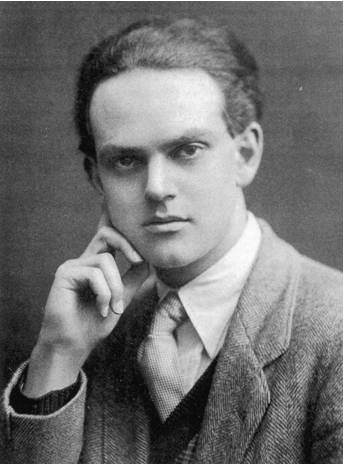
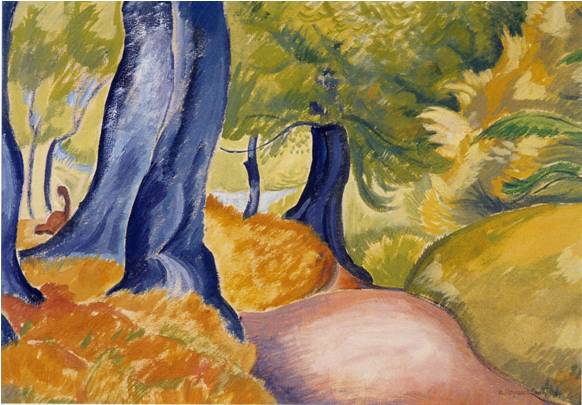
THE RALPH MAYNARD SMITH TRUST___ ( Registered Charity Number : 1049843 ) |
| Home | Gallery | Biography | Archive of Drawings and Paintings | RMS Trust and Database |
| Exhibition & Projects | Ancillary Archive - Writings | Ancillary Archive - Architecture | Work in Progress |
Click images to enlarge |
Updated July 2017 |

|

|
|
| 1. Ralph Maynard Smith. c.1926. From a Photograph. | 2. “The Road to Woldingham”. 1929. Oil on paper. 9 x 12.75 inches. K.180.00. Private Collection. |
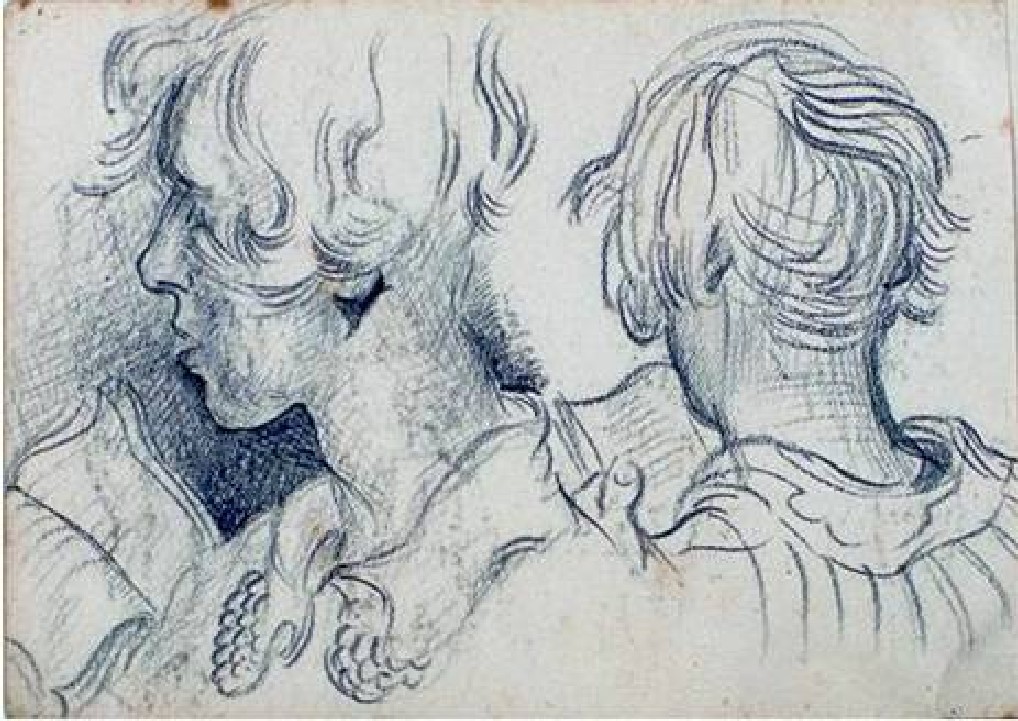 |
______ | 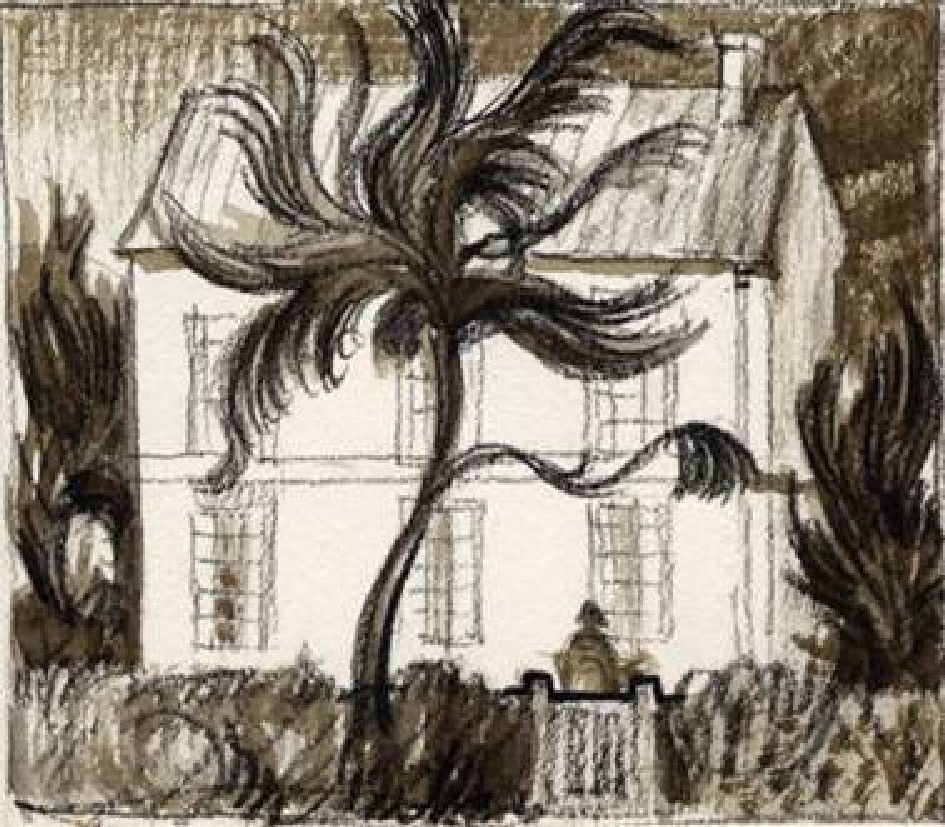 |
| 3. “Gerry”. 1930. Pencil on paper. 3.5 x 5 inches. K.208.00. Drawings of the artist’s wife from a sketchbook page. RMS Trust Collection. | 4. “The Architect”. 1933. Pencil and watercolour on paper. 3 x 3.375 inches. K.277.00. From “The Ravine” Vol.1 |
Biography
|
“It is not my intention to imitate natural forms or natural appearances which would for me only result in absence of purpose. I prefer rather, to hazard the employment of these forms, as a starting point for the creation of new-born organic symbols, which symbols can be used for the free realisation of musical experience. I will suffer no restrained boundaries, thus allowing these symbols ‘to float upon their appointed paths like the themes in a musical symphony’”. |
RMS from “The Ravine” Vol. 2. c.1938 |
|
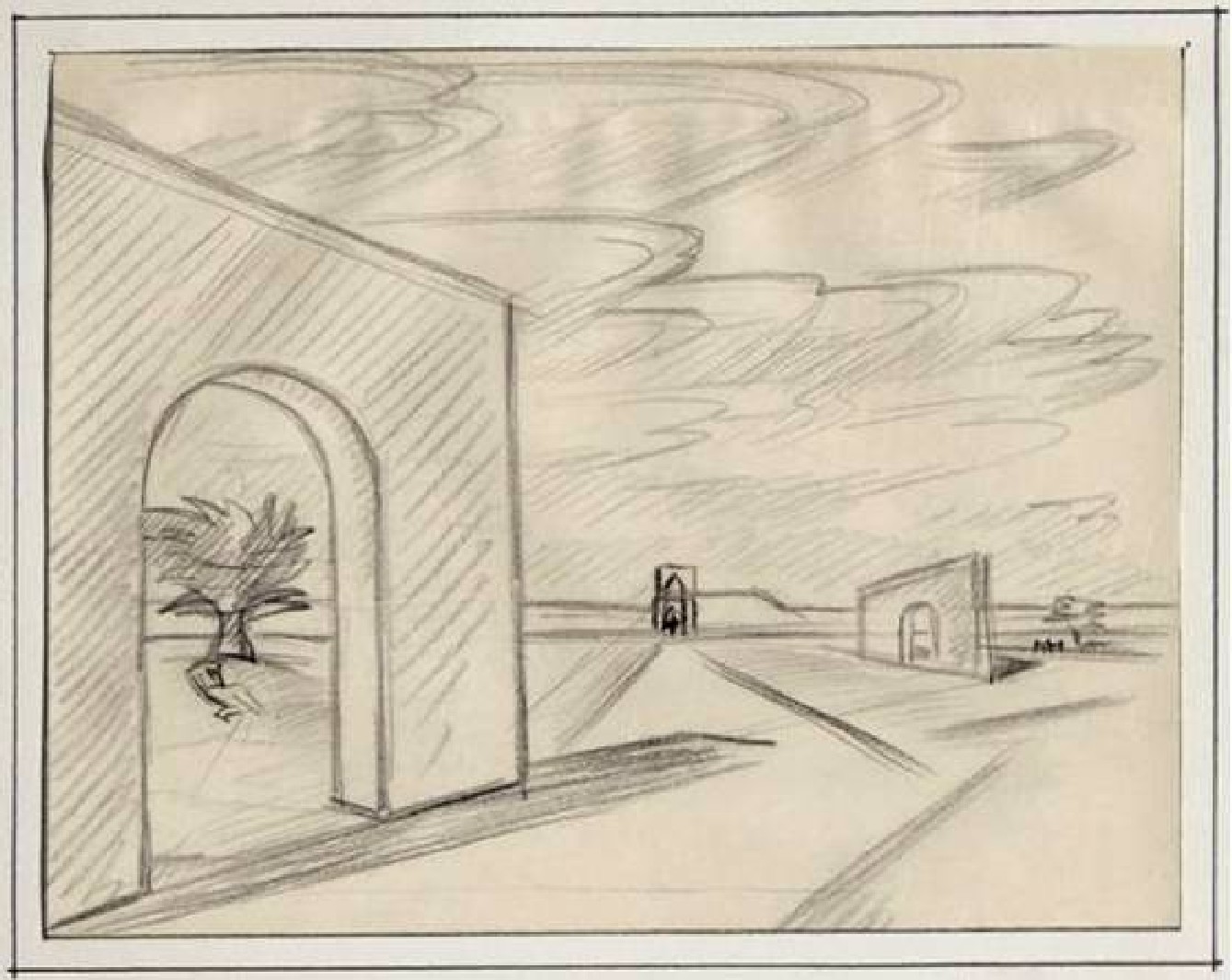 |
| 5. “Vistas”. 1935. Pencil on paper. 6.25 x 7.875”. K358.00. Collection RMS Trust. (This slight sketch could be seen as surreal ‘self-analysis’ by the artist, examining his own dilemma) |
| Commentary |
“Few perhaps have dwelt within an overshadowed and blackened environment for so long and survived, that I feel impelled towards the expression of its dark interior, its depth of solemn movement. To escape the nervous tension, release the gathering immense force, confirm the fanatical belief in liberation through revolt, and give free flight to its tangent inspiration.”___________________________________RMS from “The Ravine” c.1946 |
“In his private art, however, he continued to delineate and explore — whether aware of it or not — the unconscious imagery that both stated and valued his own inward, psychic ‘architecture’, by symbolic means. For however willingly he might have taken on a similar career to that of his father, and whatever his professional success, within that field, they inevitably masked that painterly self, whom he felt compelled to consign to an ‘other’ and ‘inner’ world. At the same time, from within that space, his art demanded serious and continued attention, throughout his life.
Anything ‘split’, has been riven, cleft or divided: leading to an inevitable tension remaining between the two walls of any such resulting gap, or chasm. Maynard Smith was well aware of this (unconsciously so, at the very least) when naming the first two of his ‘commonplace’ books “The Ravine”. Over the years he would fill both of them with landscape sketches, as well as quotations and other jottings: all of the greatest importance to him. The dictionary describes the word ‘ravine’ as: ‘a deep, narrow, hollow or gorge, a mountain cleft … worn by a torrent (OED). Such a torrent well describes the unquenchable flow of Maynard Smith’s creative imagination, whether expressed by means of a ruler and set-square, or with pencil and paintbrush. Yet it is important to hold in mind that a ravine is never a total split, for its walls meet at the bottom (a union) as well as allowing for progression along its floor, towards a possible exit. All progress was to be made only by passing through that narrow cleft. In addition there exists a potential for union, arising from below, so that any such cleft might be filled and abolished, leading to a wider view.” |
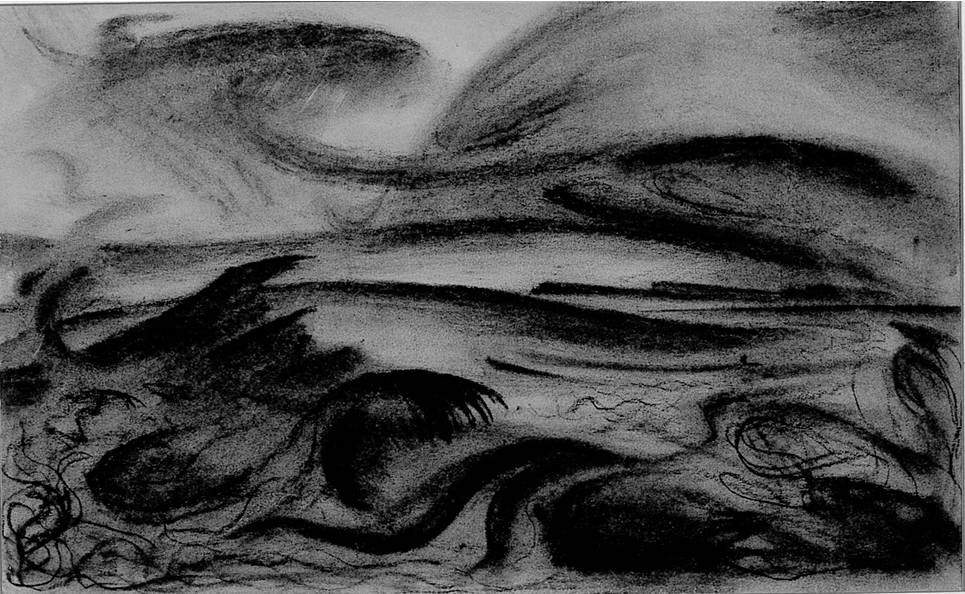 |
| 6. Shadowed Foreground with Distant Headlands. 1950. Charcoal. 7.75” x 13”. K1249.00. Private Collection |
Signposts to the Man, his Journey and his Lifestyle (during and after the War) |
|
|
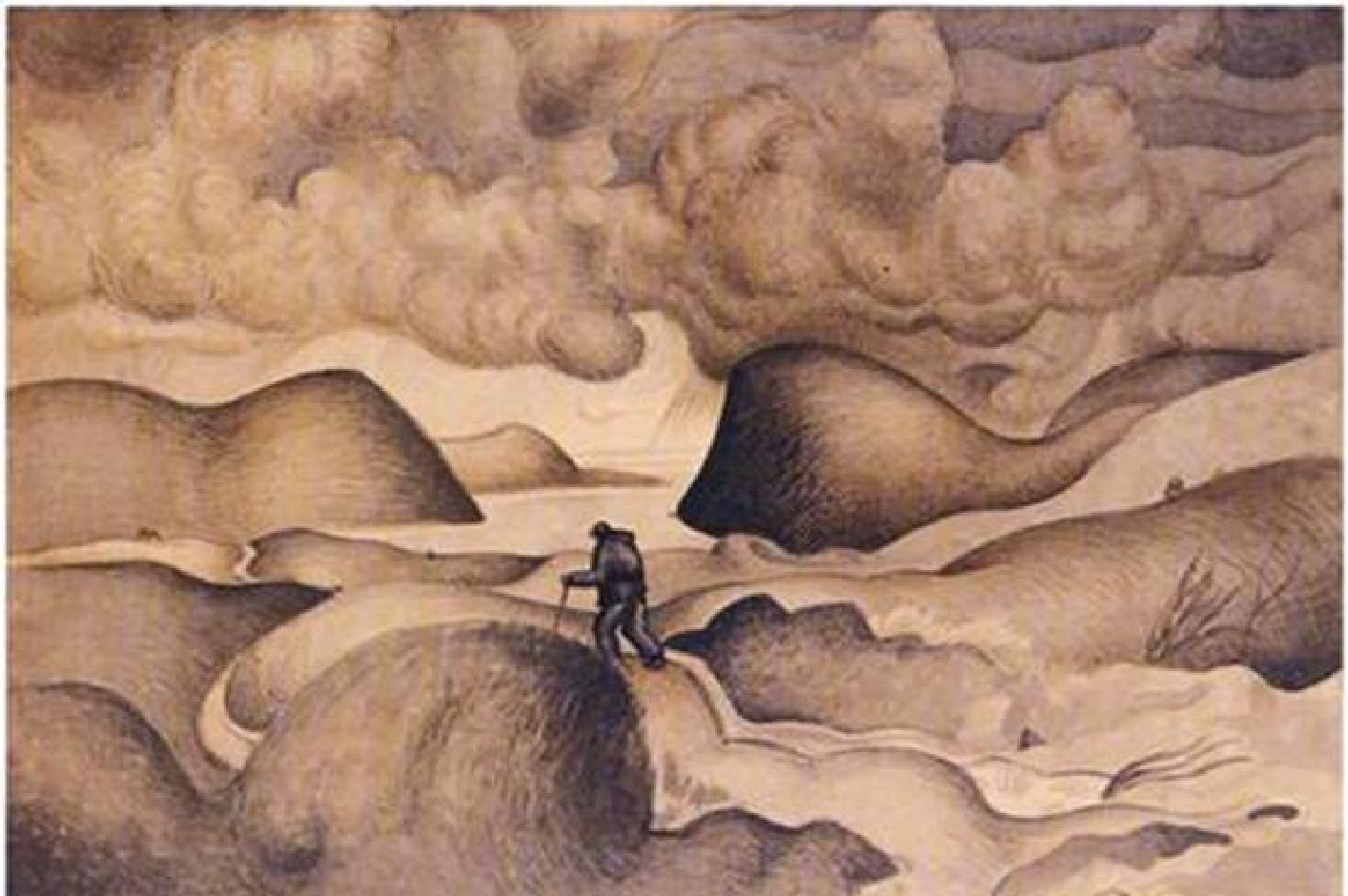 |
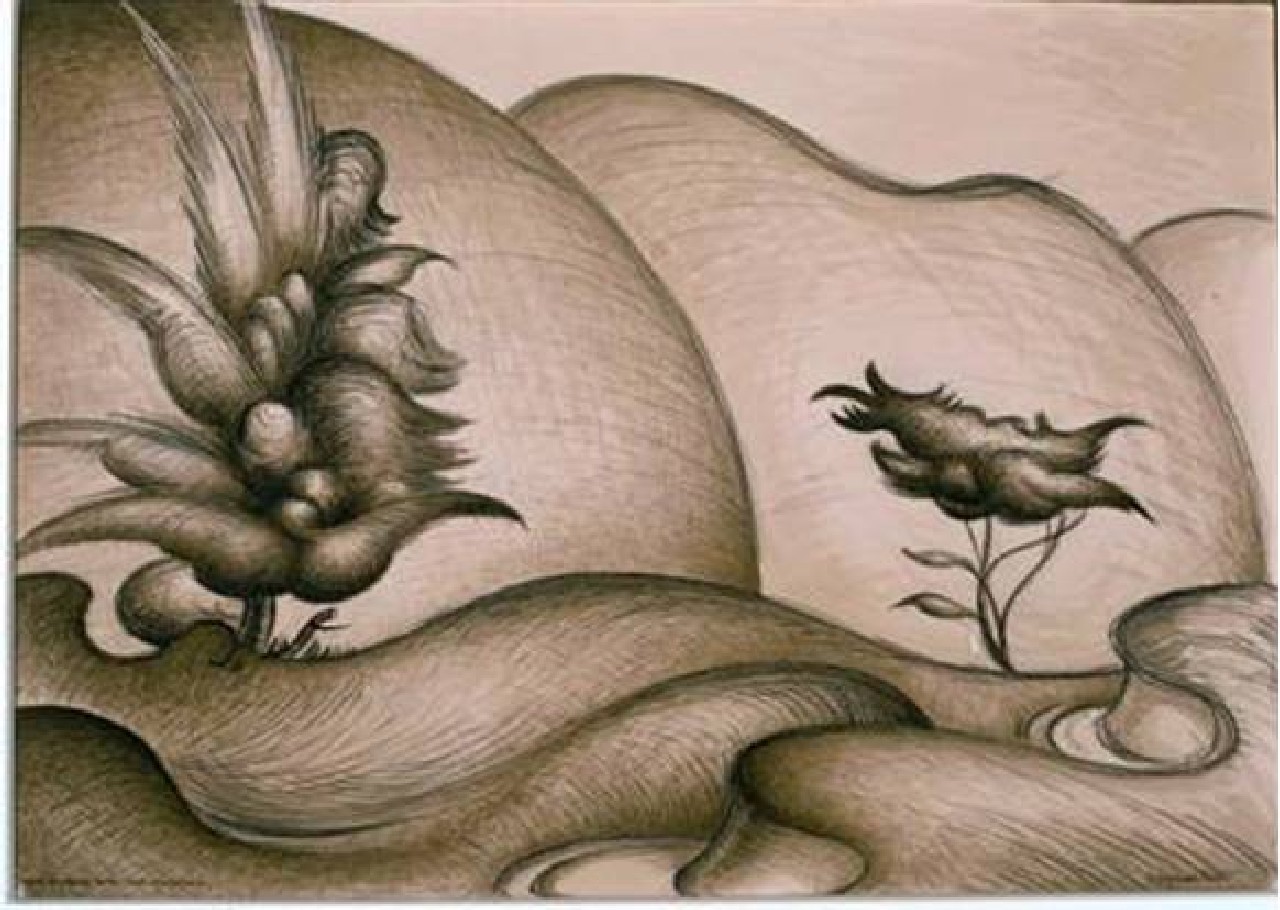 |
||
| 7. “Prelude to Storm”. c.1925. Watercolour on paper. 6.5 x 9.75 inches. K.125.00. Collection: University of Hull Art Collection | 8. “Hand in Hand with the Musician”. 1927. Watercolour .9.75 x 13.5 inches. K.148.00. Collection: RMS Trust |
| Return to top | All material copyright © RMS Trust 2012 | |